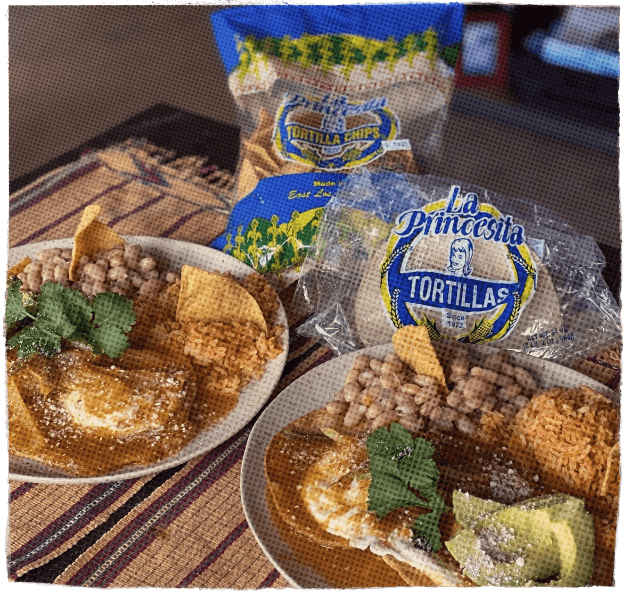After extensive research by the Antojo Industry Team about the Latin Foodservice, Retail and Street Vendor Industry we found:

Latino Food Service, Retail, and Street Vendor Industry

Despite the economic downturn in 2020, Hispanic and Latino-owned food places continue to thrive. In fact, Latino small business owners, a large portion of which are restaurant owners, are the fastest growing group of entrepreneurs in the United States, according to a recent study from Stanford University. Over the past 10 years, the number of Latino business owners grew 34%, compared to 1% for all business owners in the U.S., the data states. Today, more Latinos than ever are applying for small business loans to launch or grow their operations.
Latino entrepreneurs are starting small businesses faster than the rest of the startup population and becoming a bigger part of the total U.S. market every day. Estimates are that they will make up 29 percent of the U.S. population by 2050, up from 17 percent today. -JP MORGAN CHASE
The Mexican food market size is estimated to grow by USD $113.85 billion from 2021 to 2026. In addition, the report projects that the market will progress at a CAGR (Compound Annual Growth) of 6.65% during the forecast period.

The growing demand for convenience foods is driving the Latino food market growth. Rapid urbanization has increased disposable incomes across the world. As a result, the demand for convenience and easy-to-prepare food products, including Latino food, is increasing.
The popularity of Mexican food is increasing in many developed and developing countries, as on-the-go foods are widely preferred by the working population. Thus, the growing demand for convenience foods is encouraging vendors to expand their Latino food offerings, which is driving the growth of the global Latino food market.


The growing demand for convenience foods is driving the Latino food market growth. Rapid urbanization has increased disposable incomes across the world. As a result, the demand for convenience and easy-to-prepare food products, including Latino food, is increasing. The popularity of Mexican food is increasing in many developed and developing countries, as on-the-go foods are widely preferred by the working population. Thus, the growing demand for convenience foods is encouraging vendors to expand their Latino food offerings, which is driving the growth of the global Latino food market.
The Tortilla segment will have significant market share growth. The segment is driven by the increasing per capita consumption in North America. Changing taste preferences have increased the sales of flavored tortilla chips. As taste preferences vary across regions, global marketers have introduced new products.

North America will account for 58% of the Tortillas market’s growth during the forecast period. The growth is driven by the increasing popularity of Mexican cuisine among consumers in North America. It is also driven by the rising number of consumers, especially millennial consumers. These factors will, in turn, drive the growth of the Mexican food market in North America during the forecast period- Technavio
-Tequila and mezcal sales rose an astounding 30.1% from $1.2 billion to $5.2 billion in 2021, according to the Distilled Spirits Council of the U.S.
Tequila/Mezcal is up 30.1 percent or $1.2 billion to $5.2 billion Tequila/Mezcal up 30.1 percent or $1.2 billion to $5.2 billion as one of the top fastest growing spirits categories by revenue
Tequila’s growth is outpacing Bourbon and rum in the United States and will pass them if trends continue. In 2020, Tequila jumped 13.5% to 21.27 million nine-liter cases, while Bourbon increased 5.5% to 25.9 million cases and rum grew 3.8% to 23.25 million cases, according to Impact Databank. Meanwhile, mezcal advanced 7% to 400,000 cases.
IWSR Drinks Market Analysis reports that mezcal sales by volume in the U.S. increased 24.8 percent in 2019 and 14.5 percent in 2020, and it forecasts a 10.5 percent compound annual growth rate (CAGR) between 2021 and 2025.


According to the Bureau of Street Services, street vending is a $504 million industry in Los Angeles. Every year, 50,000 microbusinesses set up shop on the sidewalks of the city, according to the Bureau of Street Services. Three-quarters sell merchandise, such as clothing and cell phone accessories. The other 10,000 sell Tacos, bacon-wrapped hot dogs, tamales, ice cream, and “other” street food for which Los Angeles is famous.
